- Scissors are among humanity’s oldest and most universal tools, with a history stretching back more than 3,500 years. The earliest known scissors were simple bronze implements from Mesopotamia and Ancient Egypt, dated to around 1500 BCE. These early “spring scissors” were forged from a single piece of metal bent into a U-shape, where pressure at the tips allowed cutting of hair, hides, and cloth.
By the time of the Roman Empire (100 CE), the familiar cross-bladed pivot design had emerged, bringing greater precision and control. Roman barbers, known as “tonsores,” used these tools not only for grooming but also as a symbol of social belonging, as clean hair and beards were marks of Roman identity.
During the Medieval period (1000–1500), blacksmiths refined metallurgy and introduced stronger steel blades. These shears became widely accessible across Europe and the Middle East. Guilds of craftsmen in places like Toledo and Damascus produced decorated scissors that were as much works of art as functional tools.
The Renaissance (1300–1600) saw grooming elevated as a form of cultural pride. Intricately carved handles and inlaid metals appeared, reflecting both craftsmanship and the status of barbers.
Hair-cutting tools became part of fashion and expression, especially in aristocratic courts. With the Industrial Revolution (18th century), scissors entered mass production.
In 1761, Robert Hinchliffe of Sheffield, England, pioneered cast steel scissors, setting new standards in sharpness and durability. Manufacturers in Solingen (Germany), Thiers (France), and Zhang Xiaoquan (China) also rose to prominence, creating global centers of scissor excellence.
By the early 20th century, specialized hairdressing shears were developed. Texturizing scissors, thinning shears, and razor-sharp convex blades allowed stylists to create layered and blended looks. Japanese craftsmanship, renowned for sword-making, influenced barber tools—producing shears of unmatched sharpness and balance.
The Japanese also introduced innovations such as the swivel thumb ring, reducing strain on the stylist’s hand. Today’s professional hairdressing scissors use high-grade stainless steel, cobalt alloys, and ergonomic designs. From ergonomic grips to tension-adjustable screws, the craft continues to merge tradition with modern science.
The journey of scissors, from ancient bronze spring tools to advanced precision-engineered hairdressing shears, tells a story of human ingenuity. They embody both practicality and artistry, reminding us how even the simplest tools can evolve alongside civilization.
Ancient Egyptian Bronze Shears (c.1500 BCE)
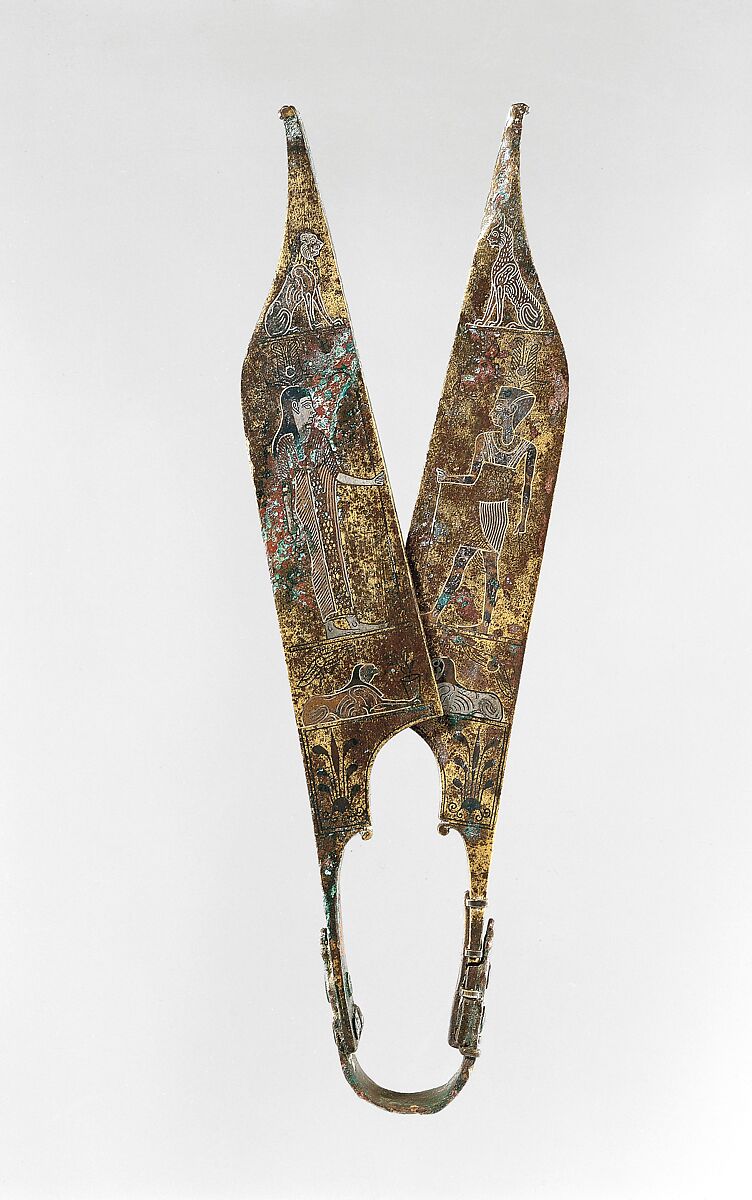
Mesopotamian Copper U-shaped Shears
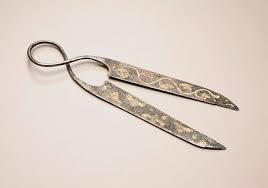
Roman Pivot Scissors (100 AD)
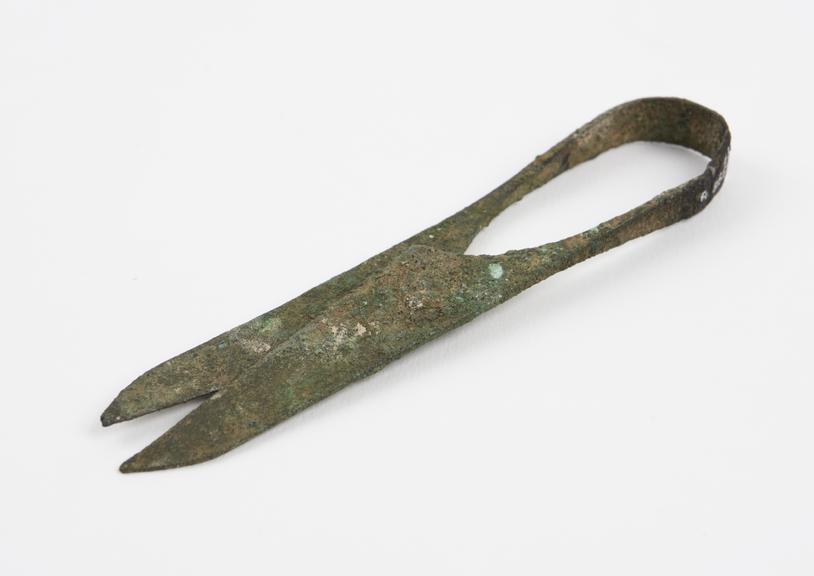
Medieval Iron Scissors
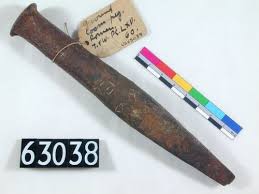
Renaissance Decorative Shears (graphical illustration)

Robert Hinchliffe’s Cast Steel Scissors (1761)
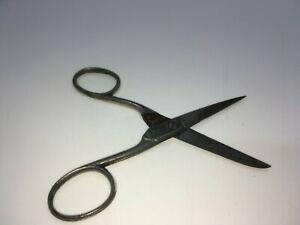
Chinese Zhang Xiaoquan Scissors (17th Century)



دیدگاه خود را بنویسید